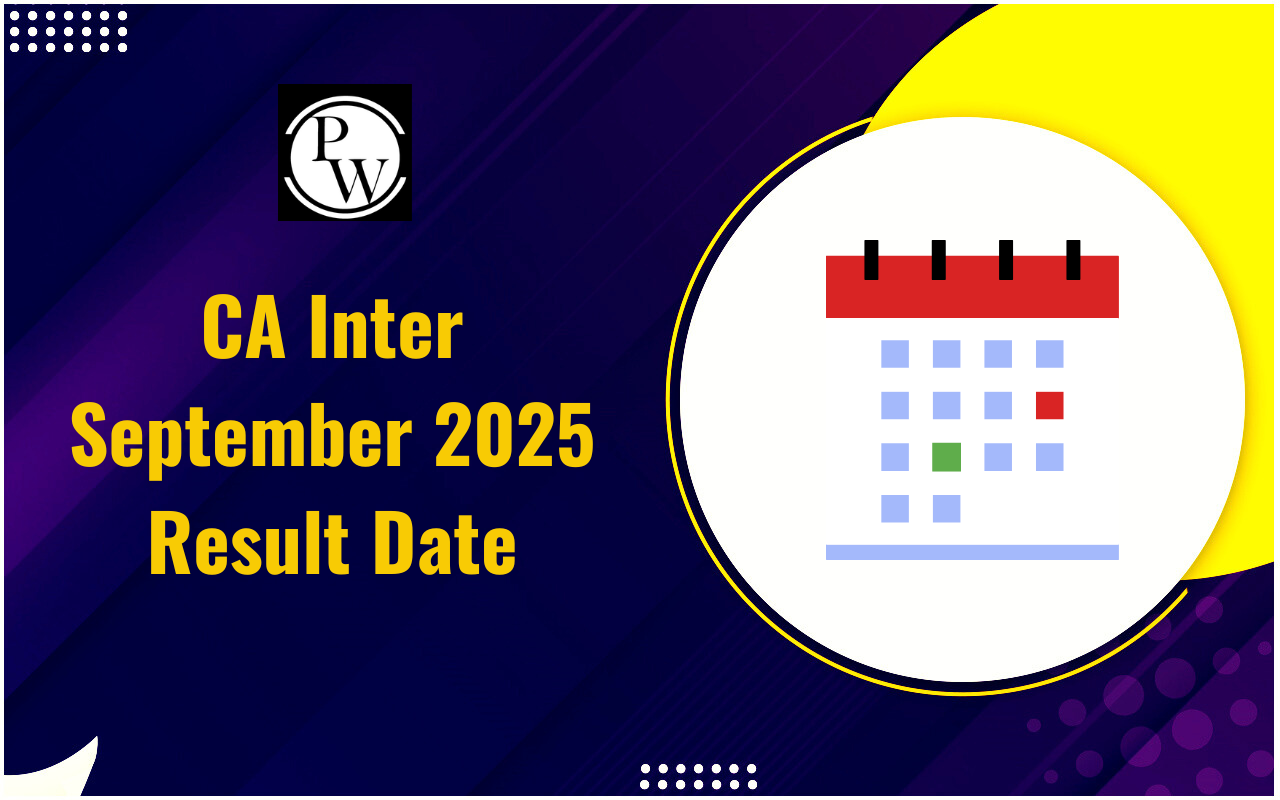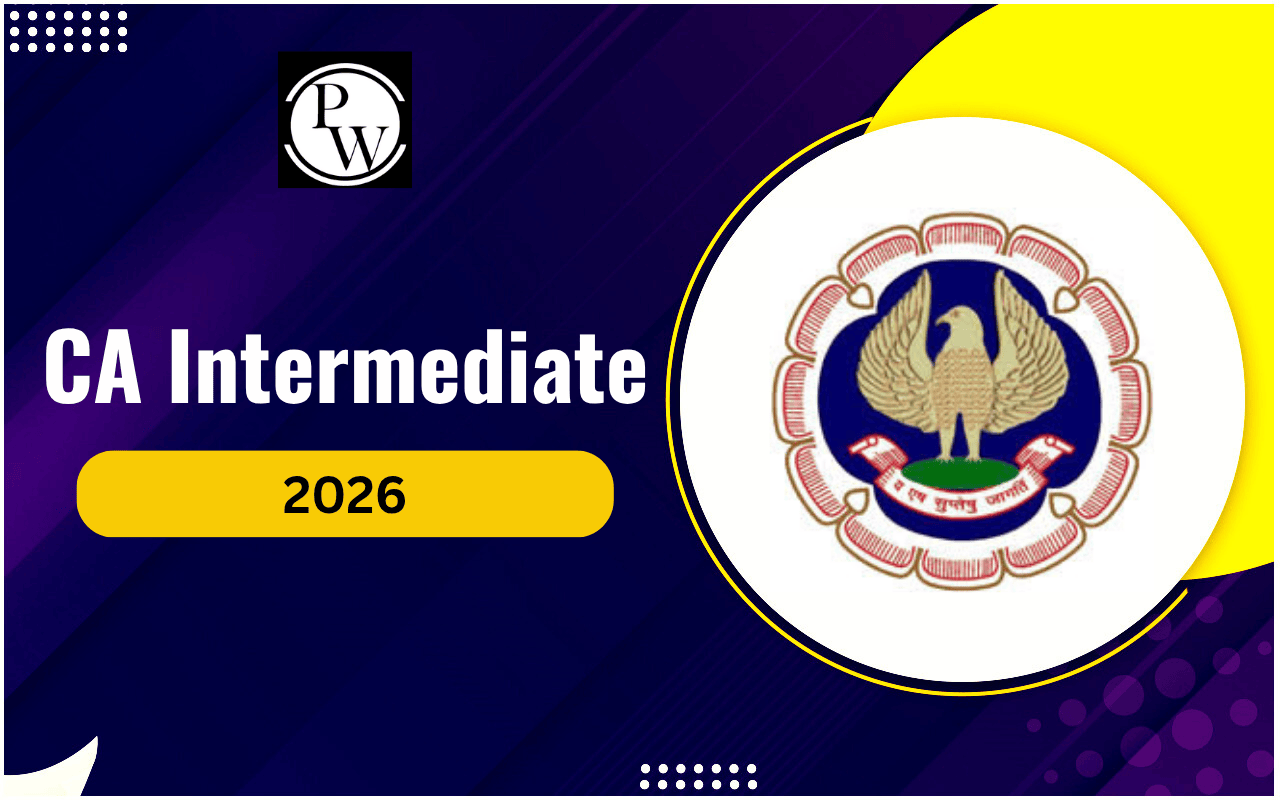

Business Level Strategy: A business level strategy is a plan of action that a company uses to gain a competitive advantage in a specific market or industry. It majorly focuses on decisions that drive competitive advantage, customer value, and profitability.
For CA aspirants, understanding this concept is essential, not just for exams, but also for delivering strategic insights in real-world business scenarios. Grasping business-level strategy equips them to align financial planning with broader business goals. Therefore, it is a critical area of learning for both academic and professional success.
What is Business Level Strategy?
A business's method to obtain a competitive edge in its particular market or industry is known as business level strategy. It involves decisions related to product offerings, pricing, distribution, marketing, and customer engagement. The primary goal is to meet customer needs effectively while achieving organizational objectives.Importance of Business Level Strategy
Understanding business level strategy is essential for CAs for several reasons:Strategic Insight
CAs often advise management on the financial implications of strategic choices, making it vital to understand how business strategies impact financial performance.Resource Allocation
Knowledge of business strategy aids CAs in recommending optimal resource allocation to enhance profitability and reduce costs.Risk Management
By comprehending the competitive landscape, CAs can identify potential risks and provide insights to mitigate them.Financial Planning and Analysis
Business strategies influence financial projections; CAs play a crucial role in aligning financial goals with business strategies.Also Check: Organizations Facilitating Business
Types of Business Level Strategies
There are three primary types of business level strategies that companies can adopt:A. Cost Leadership Strategy
The cost leadership strategy focuses on becoming the lowest-cost producer in the industry. Companies employing this strategy aim to attract a broad customer base by offering products or services at competitive prices. Key characteristics include:- Economies of Scale: Increasing production levels to cut expenses.
- Efficient Operations : Streamlining processes to enhance productivity.
- Low-Cost Suppliers : Establishing strong relationships with suppliers to minimize input costs.
B. Differentiation Strategy
In a differentiation strategy, a company seeks to offer unique products or services that stand out from competitors. This approach allows companies to charge premium prices for their offerings. Key features include:- Innovation : Continuous investment in research and development to create superior products.
- Brand Loyalty : Building a strong brand image that resonates with customers.
- Quality and Features : Providing enhanced quality, features, or customer service that competitors do not offer.
C. Focus Strategy
The focus strategy concentrates on a specific market segment or niche. Companies using this strategy tailor their offerings to meet the unique needs of a particular group of customers. Key aspects include:- Market Segmentation : Identifying and targeting a specific customer base.
- Specialization : Developing expertise in a niche area to better serve specialized needs.
- Customer Relationships : Building strong relationships with customers to enhance loyalty and satisfaction.
Steps in Formulating a Business Level Strategy
For CA students aspiring to advise organizations on business strategies, understanding the process of strategy formulation is vital. This procedure can be guided by the following steps.A. Conduct Market Research
Understanding the industry landscape is crucial. This includes analyzing competitors, customer preferences, and market trends. Finding areas of competitive advantage can be aided by tools such as SWOT analysis (Strengths, Weaknesses, Opportunities, and Threats).B. Define the Target Market
Identifying the specific customer segment the business intends to serve is essential. Understanding customer demographics, needs, and preferences will help tailor the business strategy effectively.C. Evaluate Competitive Advantage
Determine what sets the business apart from competitors. This could be based on cost leadership, differentiation, or focus. Creating a long-lasting competitive advantage is the aim.D. Develop Strategic Objectives
Clearly outline the business’s strategic goals and objectives. These should be aligned with the overall vision of the organization and measurable to track progress.E. Implement the Strategy
Once the strategy is developed, implement it effectively. This involves aligning resources, processes, and personnel to ensure that the strategy is executed successfully.F. Monitor and Adjust
Continuous monitoring of the strategy’s performance is essential. This includes tracking key performance indicators (KPIs) and making adjustments based on market feedback and changes in the competitive landscape.Role of CAs in Business Level Strategy
Chartered Accountants play a critical role in shaping and executing business level strategies through the following functions:
Financial Analysis: CAs assess the financial viability of different strategic options, ensuring that decisions are backed by sound financial data.
Cost Management: By identifying cost-saving opportunities, CAs can help organizations implement cost leadership strategies effectively.
Performance Measurement: CAs develop performance metrics and dashboards that provide insights into how well the business-level strategy is being executed.
Advisory Role: As trusted advisors, CAs provide strategic recommendations based on financial analysis, helping management navigate challenges and capitalize on opportunities.
Case Studies: Successful Business Level Strategy
For better understanding of the Business level Strategy, lets discuss some case studies:Walmart - Cost Leadership
Walmart is a prime example of a company successfully employing a cost leadership strategy. By leveraging economies of scale and efficient supply chain management, Walmart offers low prices, attracting a massive customer base.Apple - Differentiation
Apple exemplifies a differentiation strategy through its innovative products, sleek design, and strong brand loyalty. By creating a unique ecosystem of devices and services, Apple charges premium prices while maintaining a devoted customer base.Rolex - Focus Strategy
Rolex operates within a focus strategy, targeting high-end luxury customers. By specializing in high-quality timepieces and maintaining exclusivity, Rolex has carved a niche in the luxury watch market. For CA students and professionals, understanding business level strategy is essential for providing valuable insights that drive organizational success. By mastering the different types of business strategies, their formulation processes, and the role of financial analysis, CAs can significantly contribute to shaping the strategic direction of businesses. As the business landscape continues to evolve, staying informed about strategic trends and best practices will empower CAs to make informed decisions that benefit their clients and organizations. Embracing the complexities of business level strategy will not only enhance professional growth but also position CAs as strategic partners in the ever-changing world of business.| Also Read: |
| Supply Under GST |
| Auditing and Assurance Basics |
| Income from House Property |
| Role of Information Technology in Strategic Management |
| Advanced Accounting Financial Statements Of Companies |
Business Level Strategy FAQs
What is business-level strategy?
Why is business-level strategy important for CAs?
What are the main types of business-level strategies?
How do CAs contribute to business-level strategy formulation?
What steps are involved in developing a business-level strategy?












